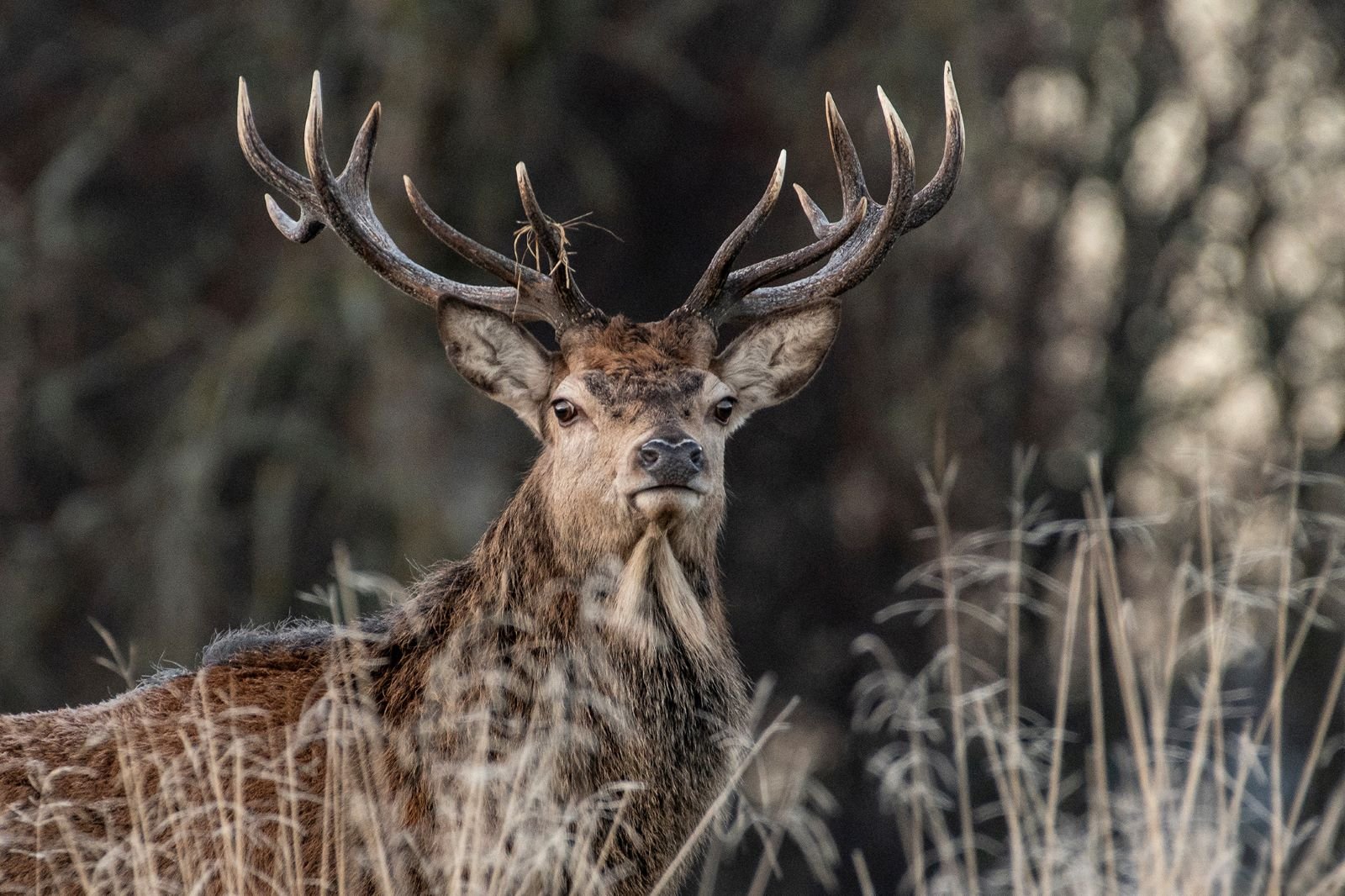Mastering wildlife photography: tips for capturing Scotland's natural beauty
From the windswept Shetland Islands to the rolling Highlands, Scotland's landscapes are simply breathtaking. They also make the perfect home for an incredible array of wildlife. Majestic red deer graze through ancient forests, adorable puffins nest on remote cliffs, and graceful golden eagles soar over tranquil lochs.
For wildlife photographers, Scotland is a true paradise. Where else can you capture iconic species against such dramatic backdrops? The changing seasons and unpredictable weather make for even more magical shots. One day the Highlands are bathed in golden light, the next shrouded in atmospheric mist. Every time you visit, there are new photos to take and memories to be made.
In this guide, we want to help you make the most of photographing Scottish wildlife sustainably and safely, with suitable hiking gear whatever the weather. We'll share insider tips on planning successful shoots, using the right camera techniques, and sharing impactful images that inspire others to conserve these fragile ecosystems.
Red Deer - @stevenrenniephotography
Planning your scottish wildlife shoot
To prepare for a successful wildlife photography shoot in Scotland, do thorough research ahead of time. Study the locations and natural behaviours of the species you want to photograph during different seasons to determine the optimal timing for encounters and ensure you always prioritise the wellbeing of animals over getting the perfect shot.
Take care not to disturb normal behaviours so begin by scouting potential shooting locations in advance while causing minimal disruption to the habitat. Consider optimal lighting conditions at different times of day, attractive backgrounds like vivid blue lochs or green glens, and possible vantage points that provide a respectful distance from your subjects.
Choose sturdy footwear and pack weatherproof clothing to endure Scotland's ever-changing conditions on outdoor shoots. Even on sunny days, the weather can quickly turn wet and windy. Check forecasts regularly and prepare gear accordingly. Bring warm layers, waterproofs, hiking boots and other essentials to withstand the elements while photographing in Scotland's wilderness.
Remaining flexible and packing appropriate kit will help set you up for success in the country's untamed landscapes. With careful preparation and consideration for the wildlife, photographers can capture stunning images without negative impacts.
Red Grouse - @stevenrenniephotography
Capturing Scotland's diverse landscapes
Scotland's ever-changing weather and landscapes provide unique photographic opportunities to capture native wildlife. Sunny days with side lighting allow striking backlit images of animals against the scenic backdrops of glens and lochs. But quickly alternating conditions mean carrying waterproofs and dressing in layers.
On rainy and foggy days, make the most of soft, diffused light and moody atmosphere. Use slower shutter speeds to intentionally blur movement for dynamic effects. Rugged Highland scenes call for wider landscape perspectives to showcase sweeping views with wildlife in their grand natural context. Around coastal cliffs and islands, seek out golden hour light at sunrise or sunset when warm hues enliven seascapes where puffins and seals reside.
As seasons shift, frosty autumn mornings and snow-covered winter scenes create vivid colour palettes and new chances to photograph species in different scenery. Adjust camera white balance to accurately render the varied conditions and colours. Lean into Scotland's diversity of locations, elevations and weather to capture iconic animals in their habitats amidst stellar landscapes. Showcasing native wildlife in context highlights the country's wild beauty.
Mountain Hare - @stevenrenniephotography
Using proper camera settings and technique
Mastering camera settings and technique is key to getting crisp, compelling wildlife shots in Scotland. Adjust shutter speed to freeze fast action of moving animals – set a fast shutter speed of 1/500th of a second or higher to capture hovering golden eagles or leaping red deer. Choose a wide aperture like f/2.8 or lower for blurred backgrounds and sharp subject focus and increase ISO for quality images in low light conditions.
Telephoto lenses and zooms allow intimate closeups from a distance without disturbing natural behaviours. Camouflage yourself, hide in blinds or shoot from vehicles to avoid startling wary species. Move slowly, remain quiet and remember that patience leads to better images of animals in natural poses and behaviours rather than startled reactions. Anticipate and capture sequences, bursts and motions by studying your subject.
Composition is also key so follow rule of thirds principles, allow space for movement, and avoid centering small subjects. Adopt techniques like panning to track running animals. Employing the right fieldcraft and settings will help create impactful images of Scotland's wildlife in their wild habitats.
Black Grouse - @stevenrenniephotography
Editing impactful wildlife photos
After a successful Scottish wildlife photography shoot, carefully review and edit your best shots. Cull out blurry or duplicated images and focus on the strongest pictures. Use editing software to adjust lighting, colour, contrast and other elements, but take care not to overprocess in a way that looks artificial or detracts from the natural beauty of your subjects.
Select impactful images that emotionally connect viewers to Scotland's wildlife and wilderness in order to promote conservation. When sharing photos on social media or with publications, avoid geotagging or identifying nesting sites, dens or other sensitive areas that could lead to disruption if visited by others. Instead, tag general location names if you wish to share some information about where you are shooting.
Finally, accompany images with informative captions about species behaviours and the importance of environmental preservation. Ethical editing and thoughtful photo sharing allows highlighting Scotland's diverse wildlife while inspiring stewardship of these fragile ecosystems and their inhabitants for generations to come.
Short Eared Owl - @stevenrenniephotography
Preserving Scotland's wildest places
Scotland offers an unparalleled destination for aspiring wildlife photographers with its diversity of charismatic species set amidst dramatic landscapes. With some thoughtful preparation, using the right field techniques, and nailing your camera settings, you'll be ready to get truly jaw-dropping shots of Scotland's iconic wildlife right in their native habitats. However, it is crucial to always prioritise environmental stewardship.
Follow leave no trace principles, research sustainable locations, and avoid sensitive habitats. Shoot from respectful distances and never disrupt natural behaviours. Savour the magic of photographing Scotland’s wild places while preserving them.
Promote conservation and inspire the next generation to treasure these landscapes and animals through impactful images. With mindfulness, wildlife photography provides beautiful opportunities to appreciate Scotland's wilderness.
All photos kindly supplied by the talanted Steven Rennie Photography. Steve lives in Braemar, Aberdeenshire, and is available to provide expertly guided photography tuition. Get in touch if you would like a wildlife walk with us.
Written by Dakota Murphey





